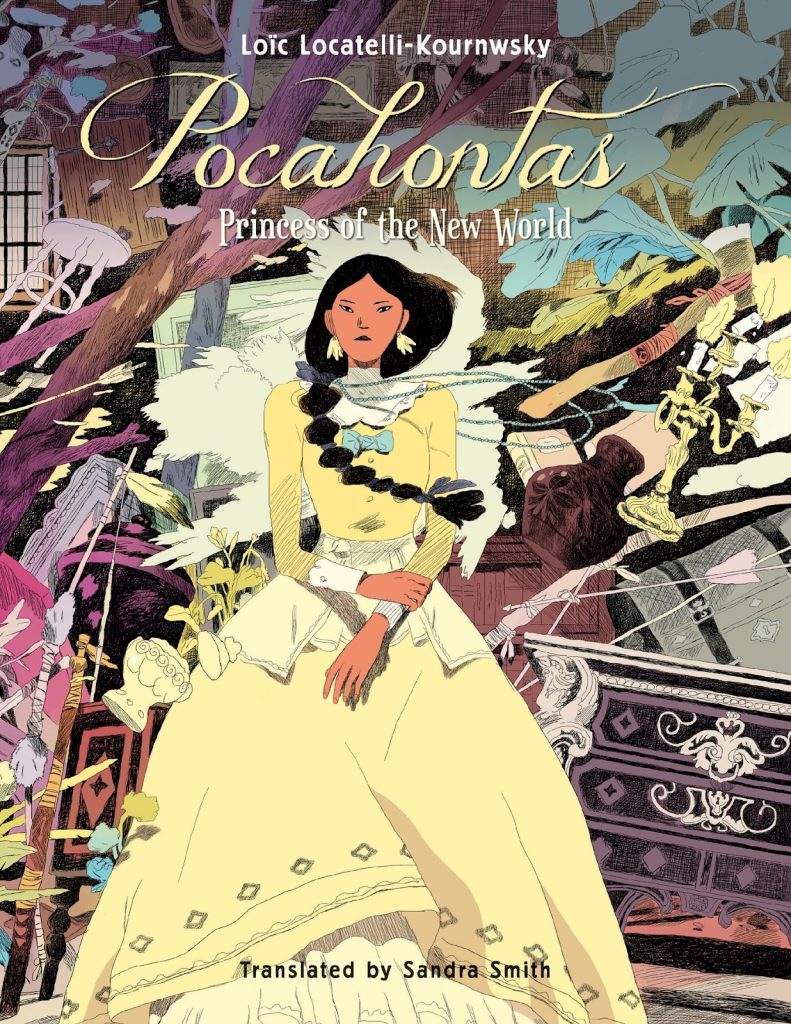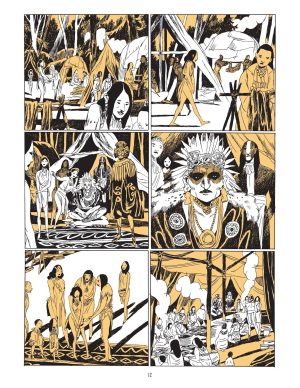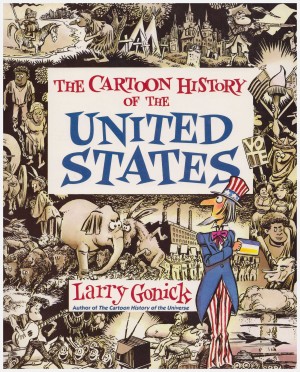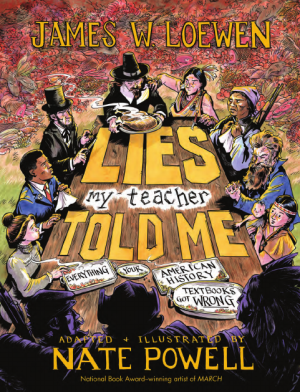Review by Ian Keogh
Disney’s telling of Pocahontas’ life story has thrilled several generations of children since 1995, and while that was never the intention, it’s become the accepted truth. Many people don’t realise Pocahontas actually lived, never mind how greatly Disney departed from what’s known of her life.
Loїc Locatelli-Kournwsky is more faithful to historical fact, although as relatively little is known, speculation is inevitable. He splits his telling into three sections, each titled after a name given to the girl first known as Matoaka, picking up her story among the 17th century Powhatan people as a young woman who’s just come of age. We’re shown the ceremony celebrating that, and her eagerness to learn how to hunt. Research may have been carried out into the Powhatan folk and their customs, or it may be approximation, but Locatelli-Kournwsky convincingly transmits the fears of people aware of a continuing intrusion into an isolated way of life that’s survived for centuries. There’s plenty of contradiction about the reality of Pocahontas’ early life, so Locatelli-Kournwsky picks what best suits his interpretation, with the most controversial aspect being his version of what Pocahontas means.
It’s applied when she prevents the killing of Englishman John Smith by the Powhatan after he’s helped her and this has been misunderstood. He’s a genial soul, but the English encampment is rapidly expanding using the resources of the land to do so, and the Powhatan people realise this won’t stop.
Locatelli-Kournwsky avoids the Romeo and Juliet aspect of the traditional telling, instead casting Pocahontas as the voice of reason among her people in advocating a peaceful solution. His people and surroundings are sketchy, but fully realised, although the orange colouring doesn’t always supply the desired depth. The result is a strange mixture of classical fine art poses with expressionistic faces that takes some getting used to. However, the art is stylistically consistent, and efficient during prolonged wordless sequences.
The third section supplies the coda Disney omitted. Rebecca has converted to Christianity and her final days are spent in London where at best she’s patronised by the royal court. A rather fanciful ending glimpsing into the future serves as indication of illness, but Locatelli-Kournwsky somewhat coyly spares us the death of Pocahontas at 21, thousands of miles from where she grew up.
Despite speculation and the final omission, Pocahontas Princess of the New World is a viable reconstruction of a brief life and celebrity status that’s survived centuries.





